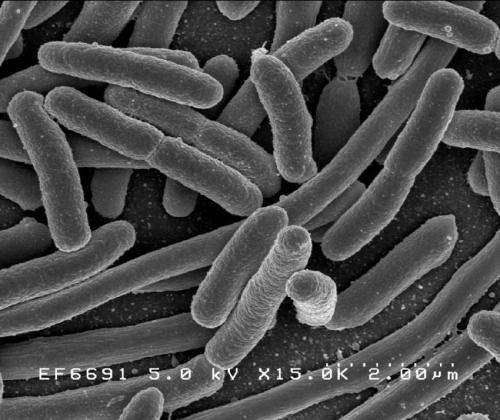
Each year, thousands of pounds of food are wasted and billions of dollars in food sales lost because of recalls tied to foodborne infections. Using a newly developed approach, researchers identified seasonal peaks for foodborne infections that could be used to optimize the timing and location of food inspections.
“We rely upon food producers, distributors and retailers to keep food safe in fields, grocery stores and restaurants,” said Ryan B. Simpson, doctoral candidate at Tufts University Friedman School of Nutrition Science and Policy. “A lapse in food safety practices during any step in the food delivery and supply chain can jeopardize human health, waste food resources and threaten the national food economy.”
Foodborne infections can be caused by a variety of pathogens, such as Listeria, Salmonella and E. Coli. A single pathogen can lead to outbreaks that peak in different states at different times. Knowing the patterns for each pathogen and state could be used to design an optimized schedule for food safety inspections.
To characterize the timing and intensity of infection peaks, Simpson and colleagues developed an analysis method that robustly determines which specific pathogens are likely to cause an outbreak at a given time.
Simpson will present the new analysis method as part of Nutrition 2020 Live Online, a virtual conference hosted by the American Society for Nutrition (ASN). The research was performed under the supervision of Elena N. Naumova, Chair of the Department of Nutritional Epidemiology and Data Sciences at Tufts University Friedman School of Nutrition Science and Policy.
Using their new analysis method, the researchers found that although foodborne outbreaks typically peak in July, food recalls are delayed by 1 to 2 months, peaking from mid-August through mid-September. These findings were consistent across examined states and pathogens.
Next, the researchers aim to refine their analysis method by exploring specific foods and food groups linked to foodborne outbreaks. They also plan to examine relationships between outbreaks for particular pathogens with food preparation practices and other factors.
Source: Read Full Article
